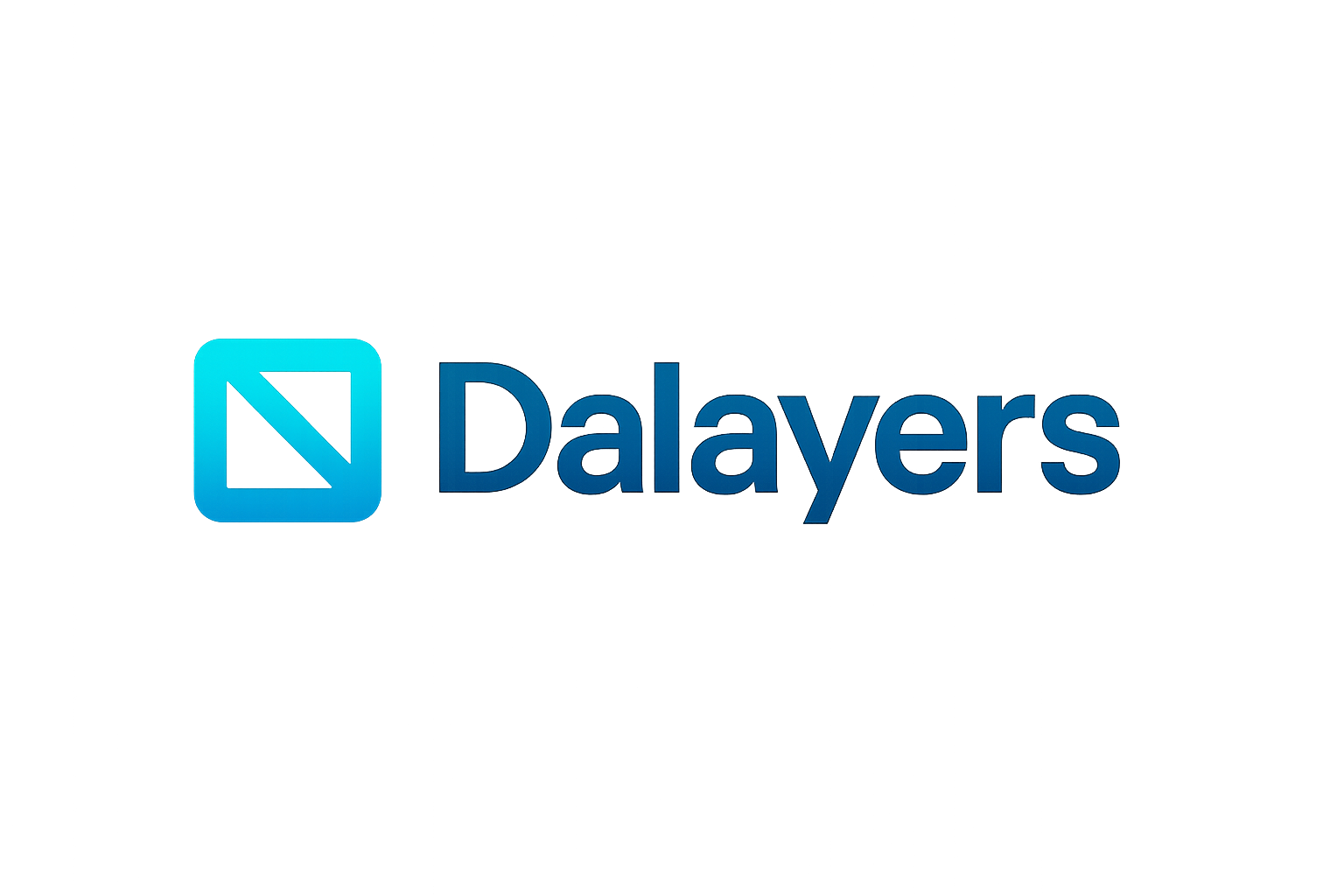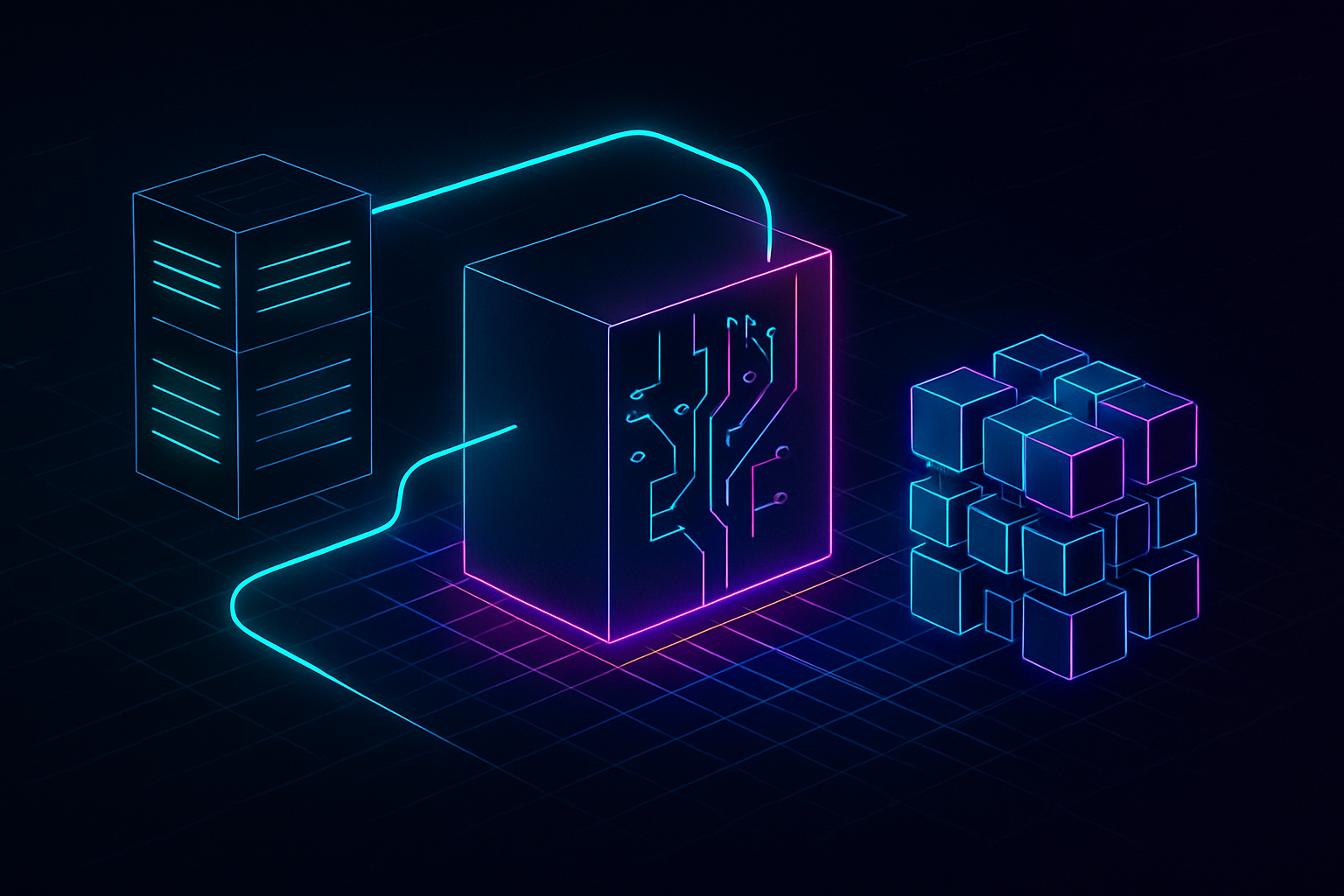
Blockchain scalability is one of the most persistent challenges in Web3, and NEAR Protocol is setting new standards with its innovative approach to dynamic resharding. As of September 2025, NEAR trades at $3.11, reflecting steady interest in its unique modular architecture and data availability solutions. But what exactly makes NEAR’s dynamic resharding so pivotal for modular blockchains, and why is its Data Availability (DA) layer gaining traction among Ethereum rollup developers?
Dynamic Resharding: A Live Test of Scalability and Flexibility
Unlike traditional monolithic chains that struggle to scale beyond their initial design, NEAR Protocol leverages a sharding technique where the network’s state and transaction processing are split across multiple shards. Each shard handles a subset of transactions, producing what NEAR calls a “chunk. ” These chunks are aggregated into blocks, enabling parallel computation and higher throughput.
The real game-changer came in August 2025 when NEAR successfully upgraded from eight to nine shards without any network downtime, a move that delivered a 12.5% throughput boost. This wasn’t just a technical milestone; it was a live demonstration of dynamic resharding’s promise: the ability to add or remove shards on demand as network usage fluctuates. This elasticity is crucial for supporting everything from high-frequency DeFi protocols to sprawling NFT ecosystems.
Why Modular Blockchains Need Robust Data Availability
As more projects embrace modular blockchain designs, where consensus, execution, and data availability are decoupled, efficient DA layers have become non-negotiable. DA ensures that all transaction data remains accessible to validators and users alike, underpinning both security and censorship resistance.
NEAR’s DA layer stands out for its cost efficiency and seamless integration with popular Ethereum rollup frameworks like Polygon CDK and Arbitrum Orbit. For context, posting 231 kB of calldata on NEAR costs just $0.0016, compared to $140.54 on Ethereum L1 (source). This radical cost difference enables developers to build scalable Layer 2s without sacrificing decentralization or security.
The Architecture: How Dynamic Resharding Powers Sharded Smart Contracts
The core innovation behind NEAR’s scalability lies in how it manages sharded smart contracts through dynamic resharding:
- Automated Shard Management: The protocol monitors network load in real time, spinning up new shards or merging existing ones as needed.
- No Downtime Resharding: Upgrades like the recent shift from eight to nine shards occur without interrupting ongoing transactions or contract execution.
- Sustainable Growth: By distributing computational strain across more shards, NEAR ensures consistent performance even during user surges.
- Developer Friendly: Projects can deploy complex applications knowing that the underlying infrastructure will scale seamlessly alongside demand.
NEAR Protocol (NEAR) Price Prediction 2026-2031
Forecast considers NEAR’s dynamic resharding, DA layer adoption, and evolving crypto market trends.
| Year | Minimum Price | Average Price | Maximum Price | Estimated % Change (Avg, YoY) | Key Market Scenario |
|---|---|---|---|---|---|
| 2026 | $2.80 | $3.75 | $5.30 | +21% | Gradual adoption of NEAR DA and steady ecosystem growth |
| 2027 | $3.10 | $4.45 | $6.80 | +19% | Increased rollup integrations, moderate bull market |
| 2028 | $3.65 | $5.25 | $8.20 | +18% | Layer 2 expansion, rising modular blockchain demand |
| 2029 | $4.10 | $6.10 | $10.00 | +16% | Wider institutional adoption, regulatory clarity |
| 2030 | $4.65 | $7.20 | $12.50 | +18% | Potential new all-time highs, strong DeFi/NFT activity |
| 2031 | $5.10 | $8.40 | $15.00 | +17% | NEAR becomes a leading DA layer, possible cyclical peak |
Price Prediction Summary
NEAR Protocol is expected to see steady growth through 2031, fueled by its leadership in scalable data availability, dynamic resharding, and integration with major Layer 2 ecosystems. The average price is forecast to rise from $3.75 in 2026 to $8.40 by 2031, with maximum prices reflecting bullish cycles and minimums considering potential market downturns. The modular blockchain narrative and NEAR’s cost-effective DA layer should continue to attract developers and institutional interest, though price volatility will remain as the crypto sector matures.
Key Factors Affecting NEAR Protocol Price
- Adoption of NEAR Data Availability (DA) layer by Ethereum rollups and other L2s
- Successful execution and scaling of dynamic resharding technology
- Overall crypto market cycles (bull/bear markets)
- Regulatory developments impacting blockchain and DeFi
- Competition from other DA and modular blockchain providers (e.g., Celestia, EigenLayer)
- Institutional adoption and developer activity on the NEAR platform
- Macroeconomic factors and global risk sentiment
Disclaimer: Cryptocurrency price predictions are speculative and based on current market analysis.
Actual prices may vary significantly due to market volatility, regulatory changes, and other factors.
Always do your own research before making investment decisions.
A Cost-Effective Data Backbone for Rollups
This technical flexibility dovetails perfectly with the needs of modular blockchains, especially those reliant on rollups for scaling Ethereum-style smart contracts. Managed by Nuffle Labs, the team behind all of NEAR’s modular offerings, the DA layer is purpose-built for rapid access and efficient processing (source). Developers building with Polygon CDK or Arbitrum Orbit can now leverage NEAR DA as their data backbone, unlocking lower costs and greater throughput than legacy Layer 1 solutions.
What sets NEAR Protocol apart is its ability to make scalability feel effortless for both users and developers. The protocol’s dynamic resharding doesn’t just enable more transactions per second; it ensures that as decentralized applications (dApps) grow, the network’s capacity grows with them. This is a big deal for teams building high-traffic DeFi, NFT, or gaming platforms that might see unpredictable spikes in usage.

NEAR’s modular approach also means that data availability is never an afterthought. By decoupling the DA layer, NEAR empowers Ethereum rollups and other Layer 2 solutions to tap into its infrastructure without inheriting the full complexity of its consensus or execution environments. Instead, they get a robust, low-cost storage solution designed specifically for modern scaling needs.
Real-World Impact: Lower Costs, Higher Throughput
The numbers speak volumes. With NEAR DA, developers can post large volumes of calldata at a fraction of the cost seen on Ethereum L1. This isn’t just theoretical, platforms like Polygon CDK and Arbitrum Orbit are already integrating NEAR DA to provide their users with faster settlement and dramatically lower fees (source). The result? More accessible dApps, new economic models for microtransactions, and greater experimentation across the modular blockchain stack.
Key Benefits of NEAR’s Dynamic Resharding
-
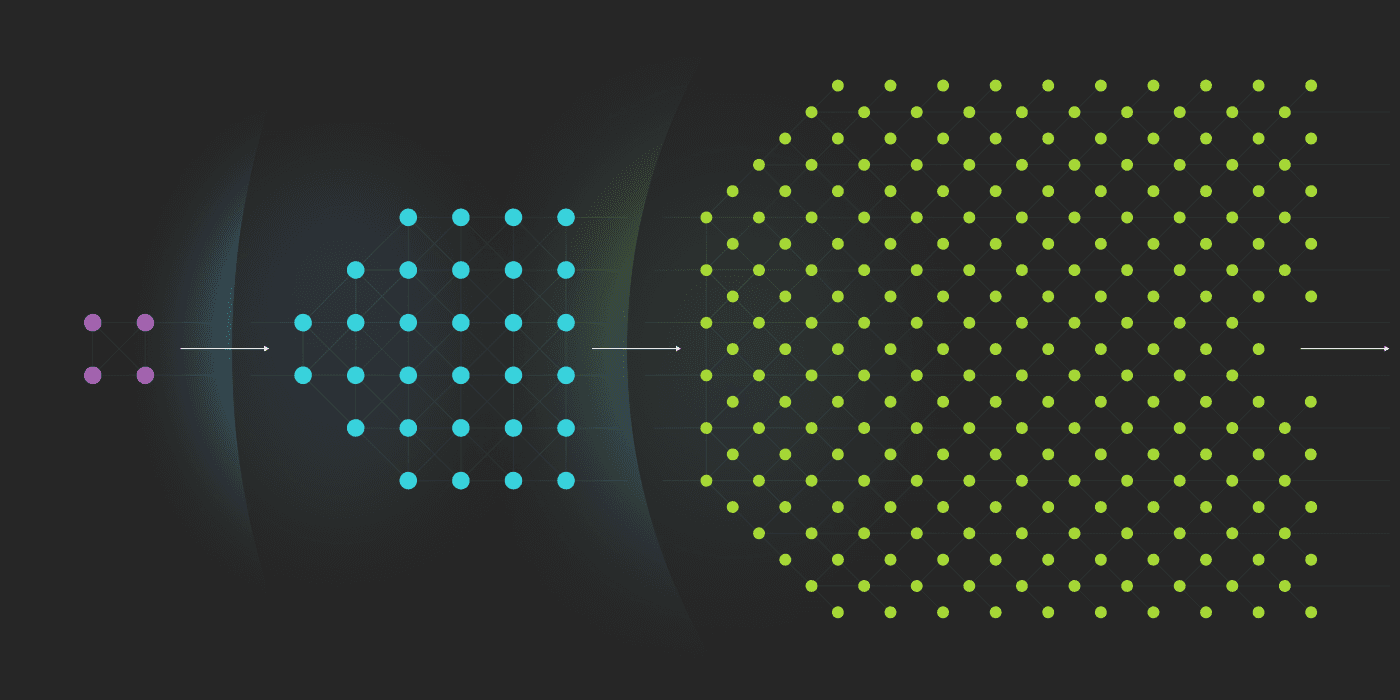
Seamless Scalability: NEAR’s dynamic resharding allows the network to automatically adjust the number of shards based on demand, as seen in August 2025 when NEAR scaled from 8 to 9 shards for a 12.5% throughput boost—all without network downtime.
-
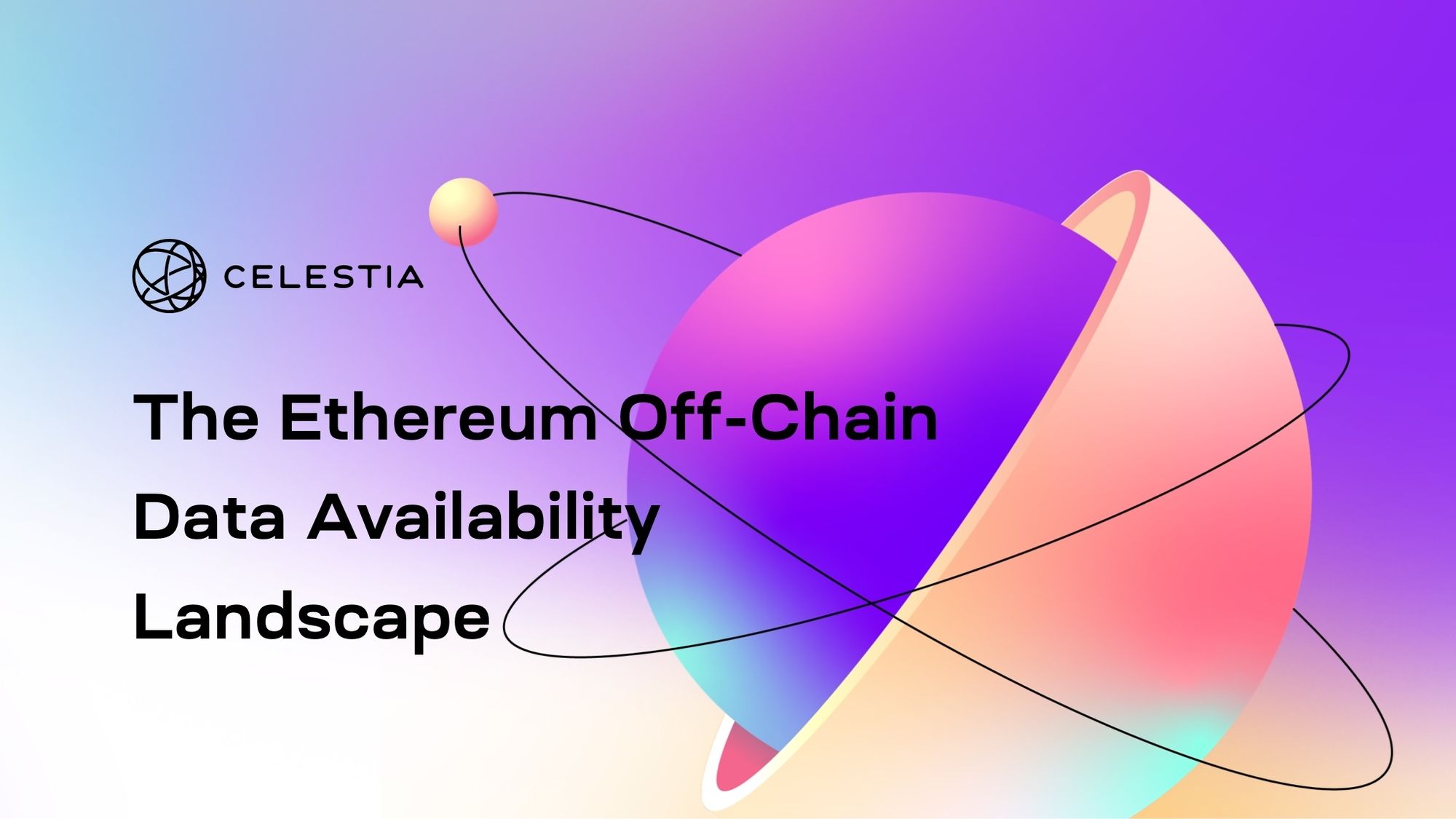
Cost-Effective Data Availability: The NEAR Data Availability (NEAR DA) layer offers developers a dramatic reduction in data storage costs. For example, posting 231 kB of calldata on NEAR costs just $0.0016, compared to $140.54 on Ethereum Layer 1.
-
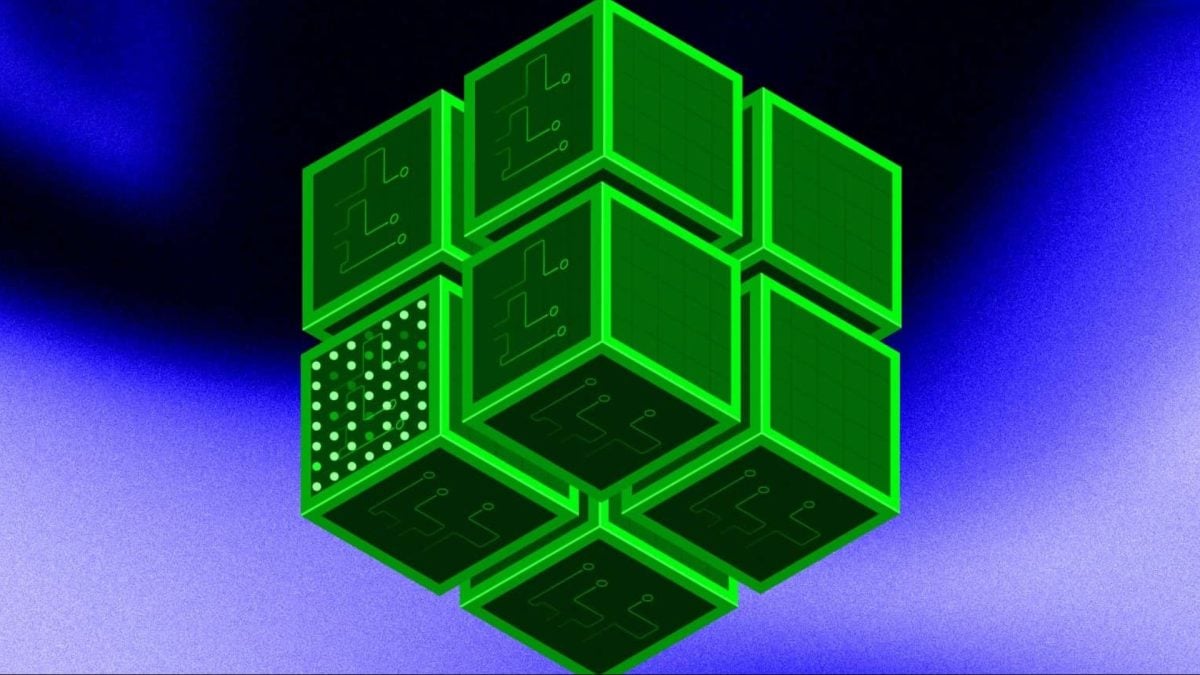
Enhanced Support for Modular Blockchains: NEAR DA is already integrated with major platforms like Polygon CDK and Arbitrum Orbit, empowering developers to build scalable and affordable Layer 2 solutions with ease.
-
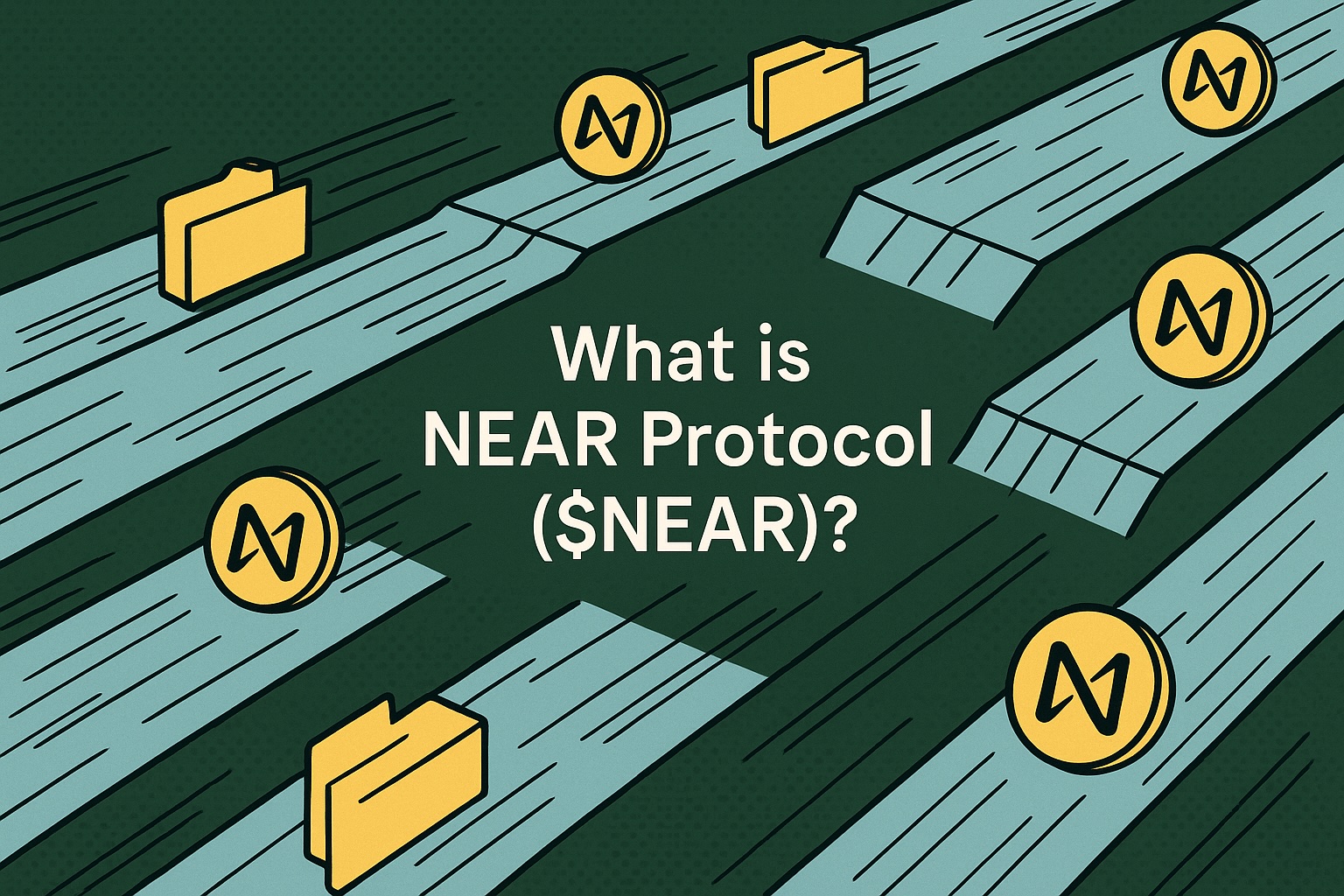
Improved User Experience: Dynamic resharding ensures faster transaction processing and lower fees, delivering a smooth and reliable experience for both end users and developers.
-
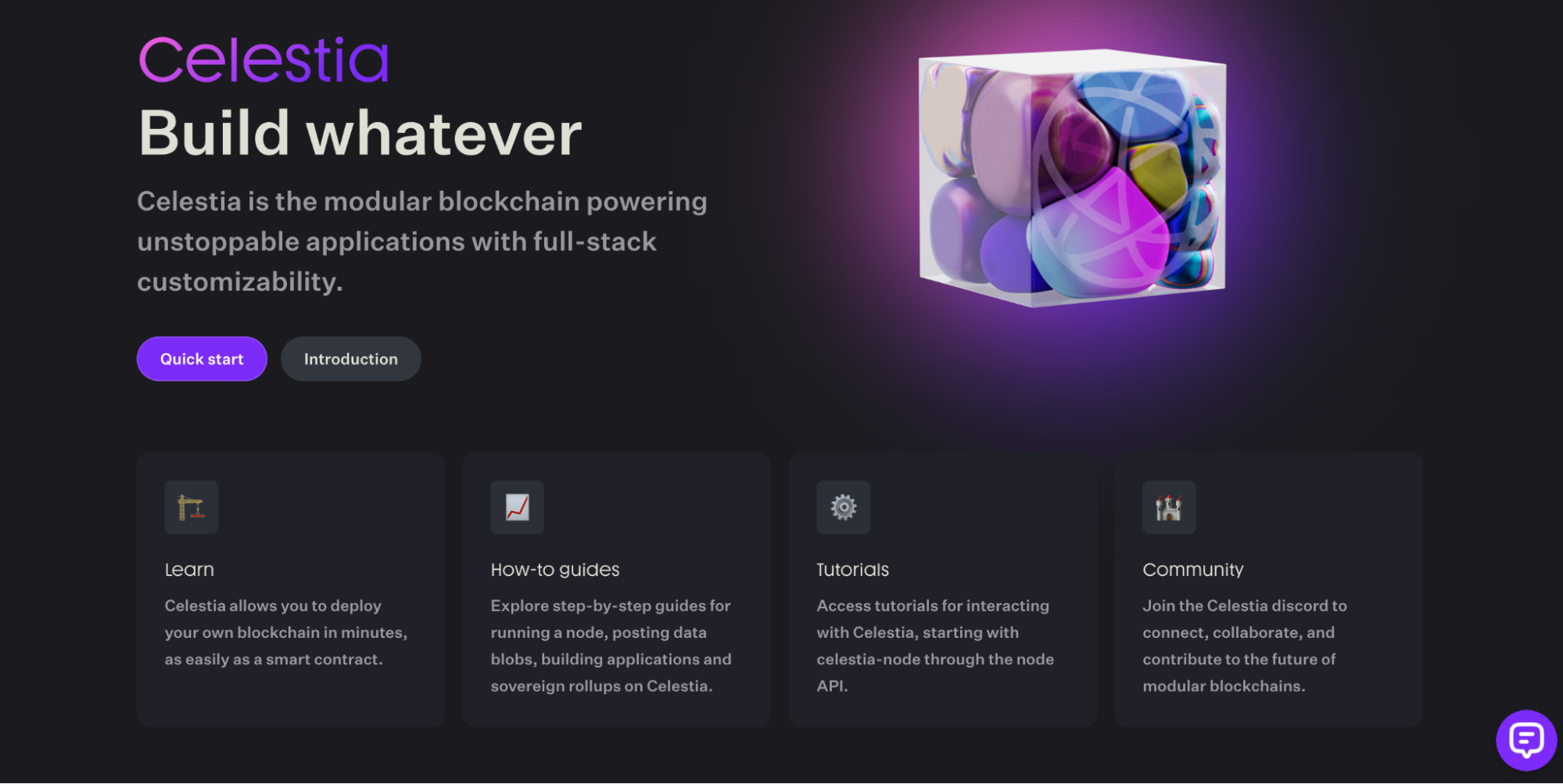
Future-Proof Infrastructure: By enabling live resharding and modular data layers, NEAR positions itself as a resilient and adaptable blockchain ready to meet evolving industry demands.
This flexibility is especially critical as competition heats up in the modular blockchain space. Projects are no longer content with incremental improvements, they want transformative leaps in performance and cost efficiency. NEAR’s live resharding upgrade in August 2025 proved that such leaps are not only possible but can be achieved without sacrificing uptime or user experience.
Community Momentum and What’s Next
The ongoing evolution of NEAR Protocol is being closely watched by both builders and investors. At $3.11, NEAR’s price reflects confidence in its technical roadmap, but it’s the ecosystem growth, driven by integrations with leading rollup frameworks, that truly signals long-term potential. As more projects leverage NEAR DA for their data needs, expect to see further adoption across Web3 verticals.
Looking ahead, dynamic resharding positions NEAR as a foundational layer not just for its own dApps but for the entire modular blockchain movement. Its seamless scaling model removes friction from onboarding new projects while keeping costs predictable, a rare combination in today’s fragmented landscape.
Why It Matters Now
As gas prices remain volatile on legacy chains and user expectations continue to rise, protocols that offer both technical excellence and economic efficiency will win out. With live dynamic resharding and a proven DA layer already powering some of the most innovative rollups in crypto, NEAR Protocol is shaping up as one of 2025’s most compelling stories in modular blockchain infrastructure.
